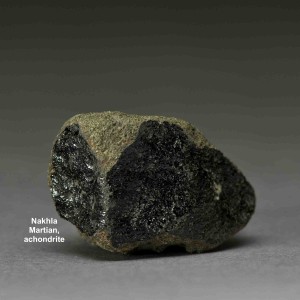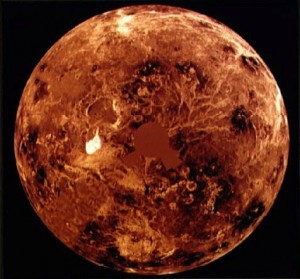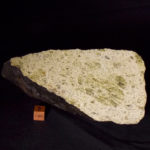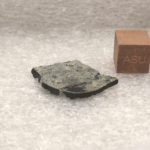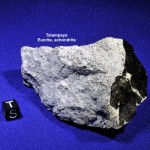Meteorite origins
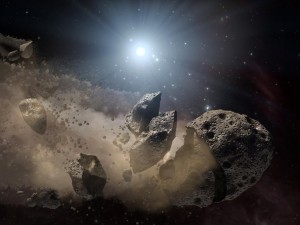 formed early in the history of the Solar System ~4.56 billion years ago. These fragments of asteroids were either knocked out of their orbit of the Sun, and into Earth-crossing orbits, through collisions with other objects, or through the interaction of gravitational forces exerted by the Sun and Jupiter.
formed early in the history of the Solar System ~4.56 billion years ago. These fragments of asteroids were either knocked out of their orbit of the Sun, and into Earth-crossing orbits, through collisions with other objects, or through the interaction of gravitational forces exerted by the Sun and Jupiter.
 While it is difficult to pinpoint specific asteroids as parent bodies of specific meteorite types, comparison of meteorite data with data from asteroids from Earth-based observations and spacecraft can help to define likely sources of some meteorite types. For example, data collected by NASA’s Dawn spacecraft has strengthened the theory that the HED (Howardites, Eucrites and Diogenites) group of achondrites formed in the crust of asteroid 4-Vesta (This mosaic synthesizes some of the best views the Dawn spacecraft had of the giant asteroid Vesta. Image credit: NASA/JPL-Caltech/UCAL/MPS/DLR/IDA).
While it is difficult to pinpoint specific asteroids as parent bodies of specific meteorite types, comparison of meteorite data with data from asteroids from Earth-based observations and spacecraft can help to define likely sources of some meteorite types. For example, data collected by NASA’s Dawn spacecraft has strengthened the theory that the HED (Howardites, Eucrites and Diogenites) group of achondrites formed in the crust of asteroid 4-Vesta (This mosaic synthesizes some of the best views the Dawn spacecraft had of the giant asteroid Vesta. Image credit: NASA/JPL-Caltech/UCAL/MPS/DLR/IDA).
[expand title=”HED group meteorites” tag=”u” trigclass=”arrowright”]
Howardites are mainly composed of brecciated eucrite and diogenite pieces, and are believed to form as the result of the burial and lithification of impact ejecta on the surface of 4-Vesta.
Diogenites are plutonic igneous rocks that form deep in the crust and cool very slowly, resulting in large crystals. They are named for the ancient Greek philosopher Diogenes, who was the first to suggest that meteorites were not terrestrial rocks, and actually originated in space. Click on the images below to learn more about diogenites in the Center for Meteorite Studies collection!
Eucrites are the most common type of achondrite meteorite falls (vs. finds) and are believed to have formed from the cooling of magma on the surface of the Asteroid 4-Vesta; the number 4 refers to Vesta being the fourth asteroid ever discovered, in March of 1807, by German astronomer Heinrich Wilhelm Olbers. Click on the images below to learn more about eucrites in the Center for Meteorite Studies collection!
[expand title=”Meteorites from a tracked asteroid” tag=”u” trigclass=”arrowright”]The small asteroid 2008 TC3 was first discovered October 6th, 2008, by an automated telescope at Mount Lemmon in Tucson, Arizona. The asteroid was tracked closely as it entered Earth's atmosphere and exploded approximately 37 km above northern Sudan’s Nubian Desert early the following morning.
The meteorites recovered from this fall, named Almahata Sitta, are extremely interesting, as the specimens exhibit multiple distinct lithologies, ranging from ordinary chondrite to bencubinnite. The stones from this unprecedented event continue to provide key information about the composition of asteroids. [/expand]
